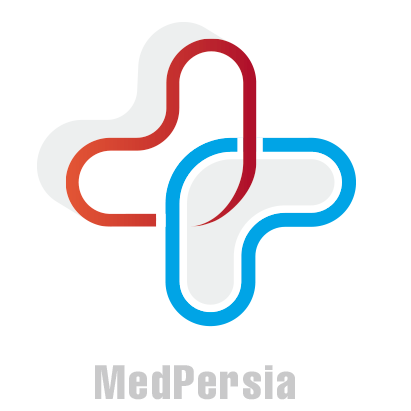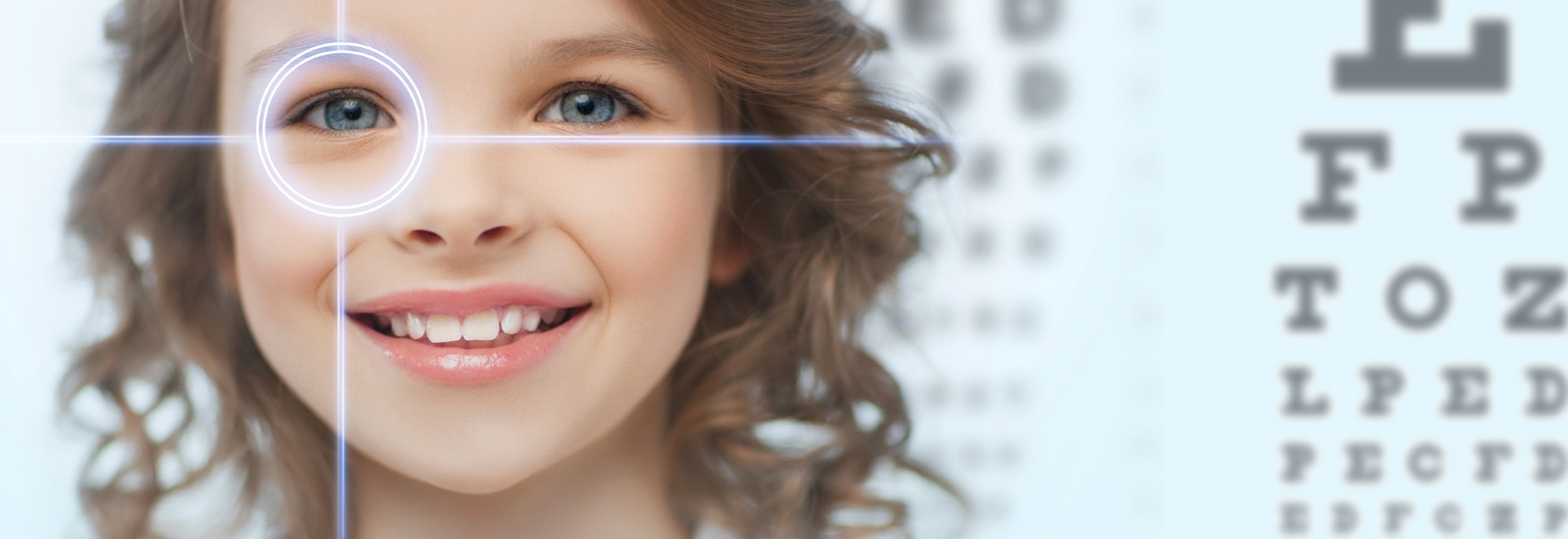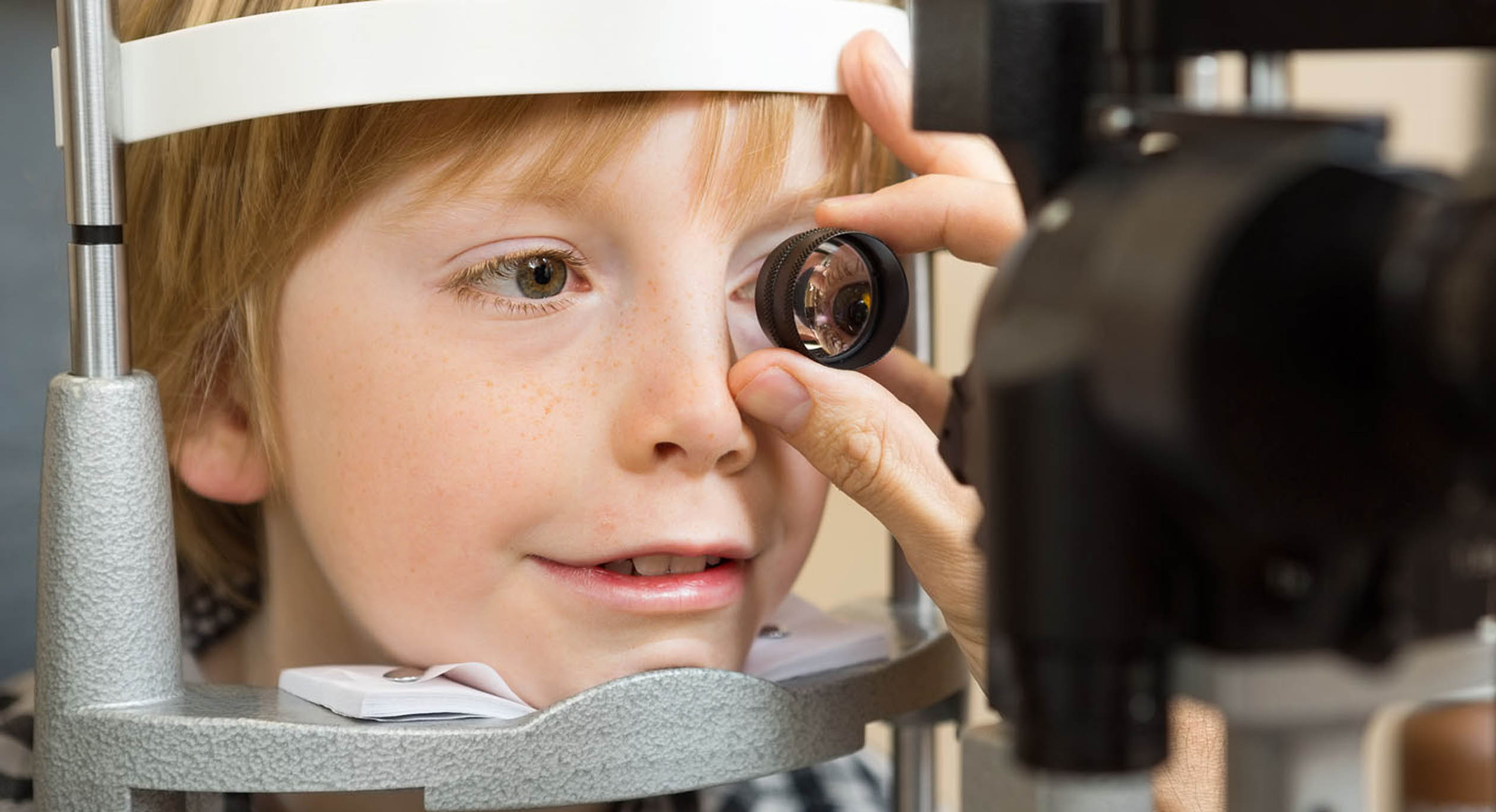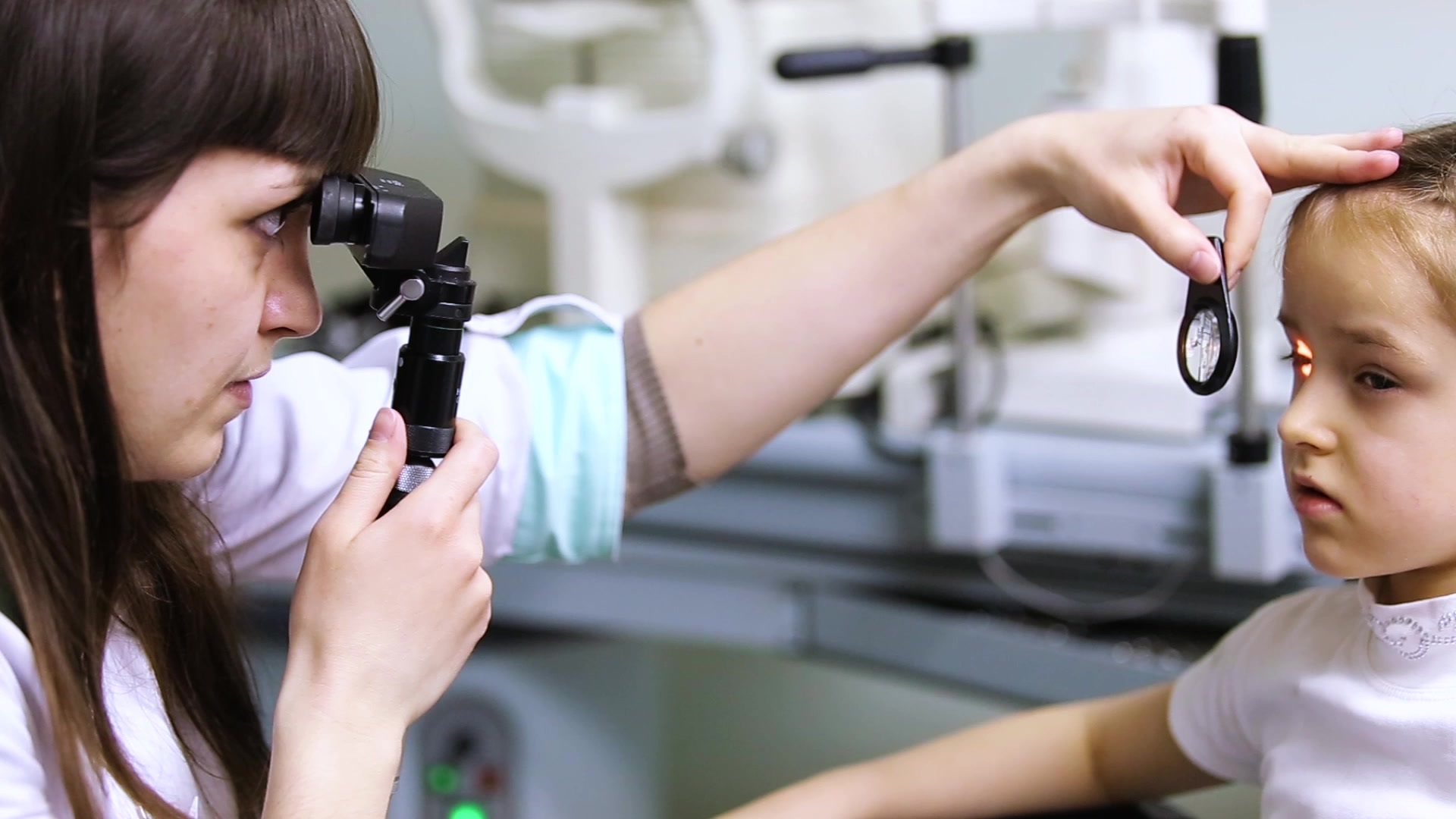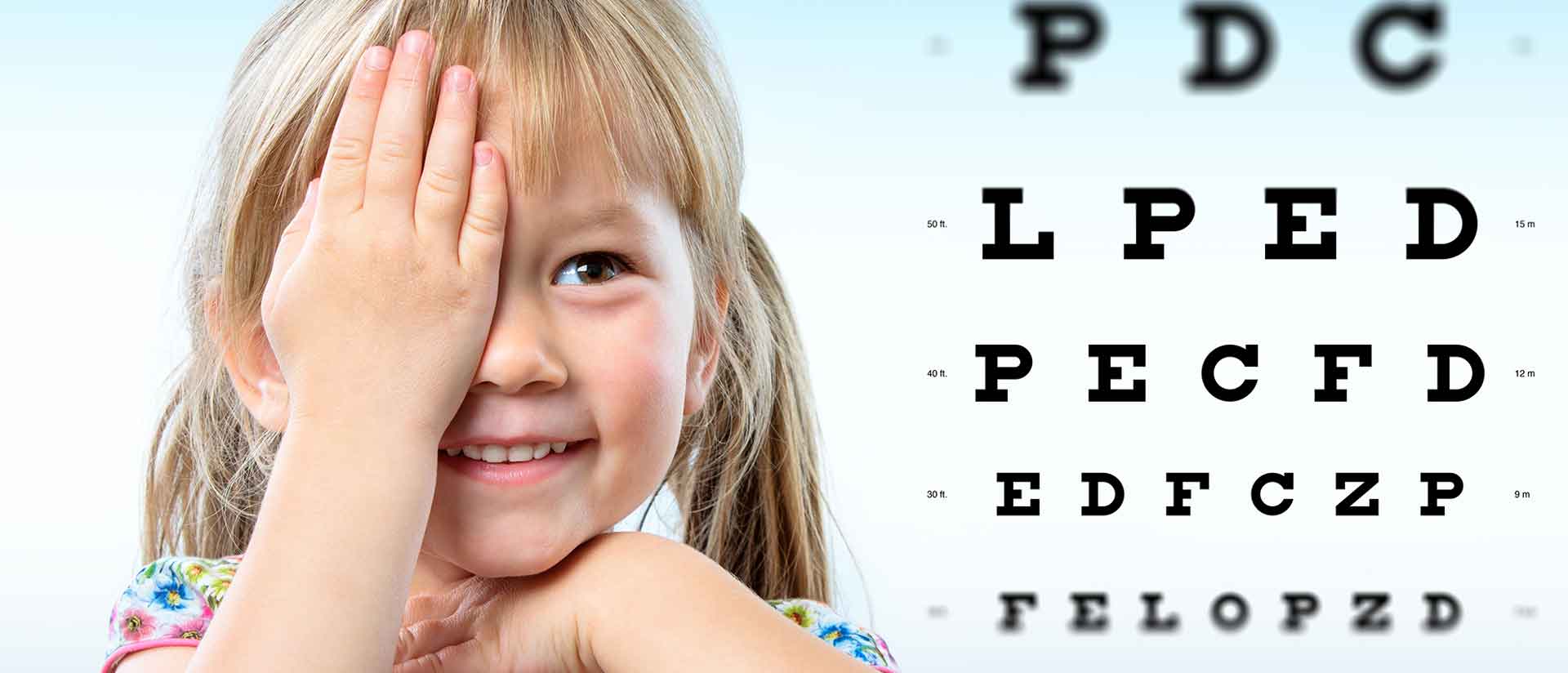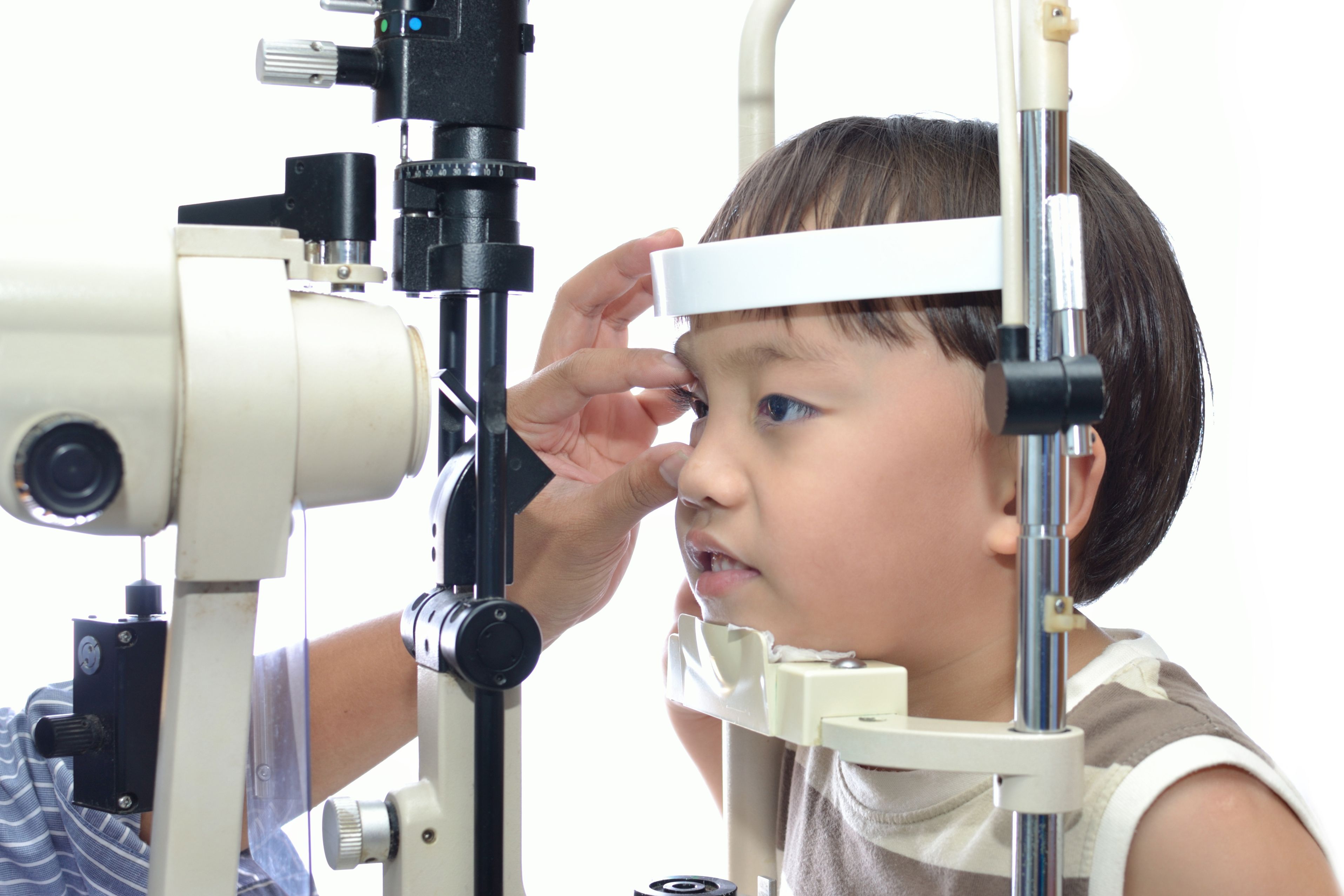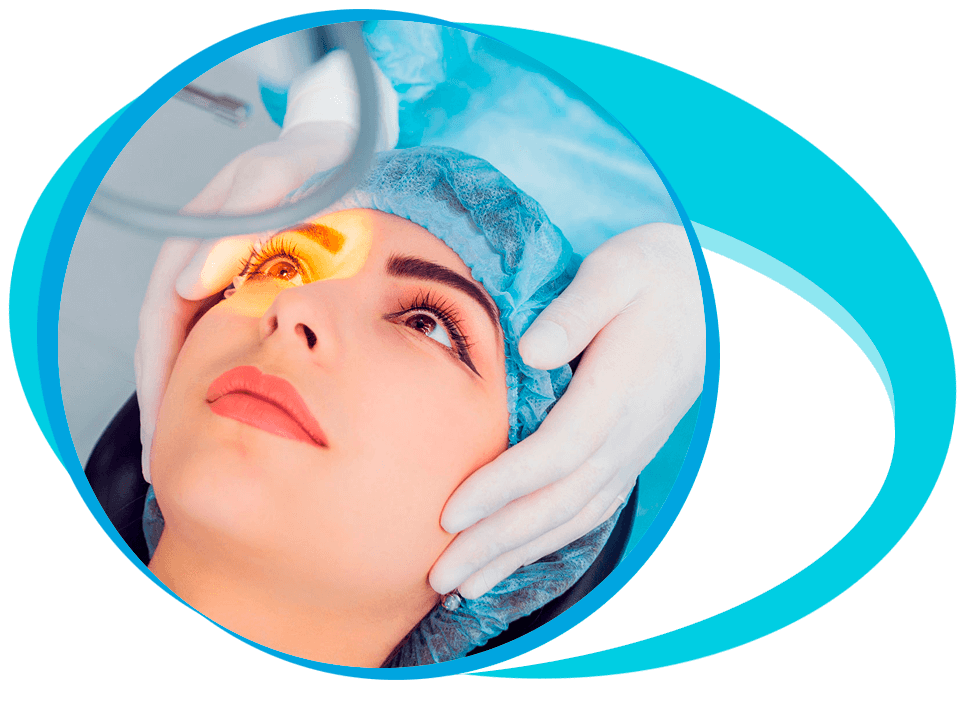Pediatric Ophthalmology in Iran Details
What is Pediatric ophthalmology
The subspecialty of ophthalmology, Pediatric ophthalmology, is concerned with visual development, vision care, and eye diseases in the children.
A child’s vision can be affected by many eye diseases and conditions.
The most common vision problems that affect many children are Blepharitis (swollen eyelids), Astigmatism, Amblyopia (lazy eyes) and Conjunctivitis (pink eye).
Symptoms of Vision Problems in Children
The vision problem in children usually appears between 18 months-4 years.
The most common vision issues include the followings:
- The vision problem of uneven focus or when one eye is more farsighted than the other.
This condition affects 2-3% of children. The detection of this disease is challenging. - Another vision issue is wandering or crossed eye that affects about 3-5% of kids.
The symptom of this condition is that when one eye appears to be crossed concerning the other eye.
Vision Disorders in Children
Blepharitis
This condition results from the inflammation in the eyelid oil glands that causes extreme crusting of the eyelids and swollen eyelids.
This condition can be most evidently seen in the morning.
There could also be a feeling of gritty sensation or as if there is something in the eye.
The different symptoms of this condition include the followings:
- Crusting of the eyelashes
- Blurry vision
- Feeling as if there is something in the eyes
- Dry eyes
- Swollen and red eyelids or eyes
- Sensitivity to light
- Burning of the eye
The condition can be treated by using eyelid scrubs and warm compresses.
By following proper eyelid hygiene, this condition can be controlled.
Antibiotics can also be taken in case of infections.
Amblyopia
Also commonly referred to an as lazy eye, this condition sometimes can be seen in the growing children.
A child may have diverse qualities of vision in his left and right eyes.
One eye could result in weaker images without affecting the other eye.
The brain gradually accepts the weaker images sent by the eyes.
Causes of Amblyopia
- Severe problems of Farsightedness or Nearsightedness: The problem of farsighted (hyperopia) or nearsighted (myopia) affects the child’s every eye in a different way.
As in one eye have a normal vision as compared to the other eye having blurred vision.
Gradually brain will start to ignore weaker images from the poor vision eye. - Structural Problems: The problems related to the structure of the eye can block the growing child’s vision.
The different structural problems could be a drooping eyelid, a scar on the cornea and congenital cataract. - Strabismus: The problem of strabismus (crossed eyes) can lead to double vision when the child uses both the eyes the same time.
For this, a child could try to focus on one eye to correct the double vision.
Treatment of Amblyopia
The treatment aims to make the weaker eye stronger and to provide clear vision for both the eyes.
The treatment is done by covering the strong eye with a patch to force the weak eye to concentrate more and more.
Amblyopia treatment includes the prescription of vision therapy, lenses, and prisms.
Conjunctivitis
The condition of conjunctivitis (pink eye) is when the white part of the eye starts to appear pink.
The reason for this could be excessive discharge, the sensation of a foreign body, or tearing in the eye.
Conjunctivitis in children is due to bacterial or viral infection.
It can also be due to allergy in older children. The prescription of ointment or eye drops on the cause of the problem.
Symptoms and Signs of Conjunctivitis
Viral Conjunctivitis
This condition relates to the problem of cold. The ‘adenovirus’ is the cause of viral conjunctivitis.
It can spread among many people causing an epidemic of viral conjunctivitis.
Allergic Conjunctivitis
This condition can be seen in those people who are having signs of allergic diseases, namely eczema, high fever, and asthma.
Antigens like dust mites, cosmetics, and pollen are responsible for allergic conjunctivitis.
Bacterial Conjunctivitis
Bacteria like streptococci, Hemophilus, or staphylococci is responsible for bacterial conjunctivitis.
This bacterium may come from the patient’s upper respiratory tract or their skin.
Bacteria transmitted from the other person having bacterial conjunctivitis is also the cause of this condition.
The Other Symptoms of Conjunctivitis
- Photophobia
- Excessive tears
- Reddening of the white part of the eye or behind the eyelid
- Puffiness or swelling of the eye
- Discharge from the eye that causes crusting of the eyelids when the discharge dries
Astigmatism
This condition results in an irregular shape of the cornea.
A child may require wearing glasses as this condition may lead to blurred vision.
Symptoms of Astigmatism
- The child constantly closes his eyes
- Feeling of discomfort and or may experience eyestrain
- The child continuously tilts or turns his head to see better
- Problems with focusing on a particular thing
- A child may experience frequent headaches
- A child moves away from the light too much

